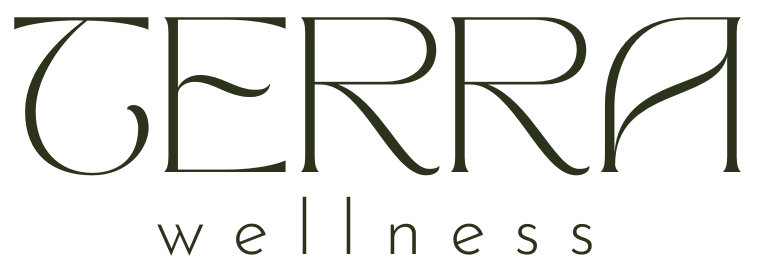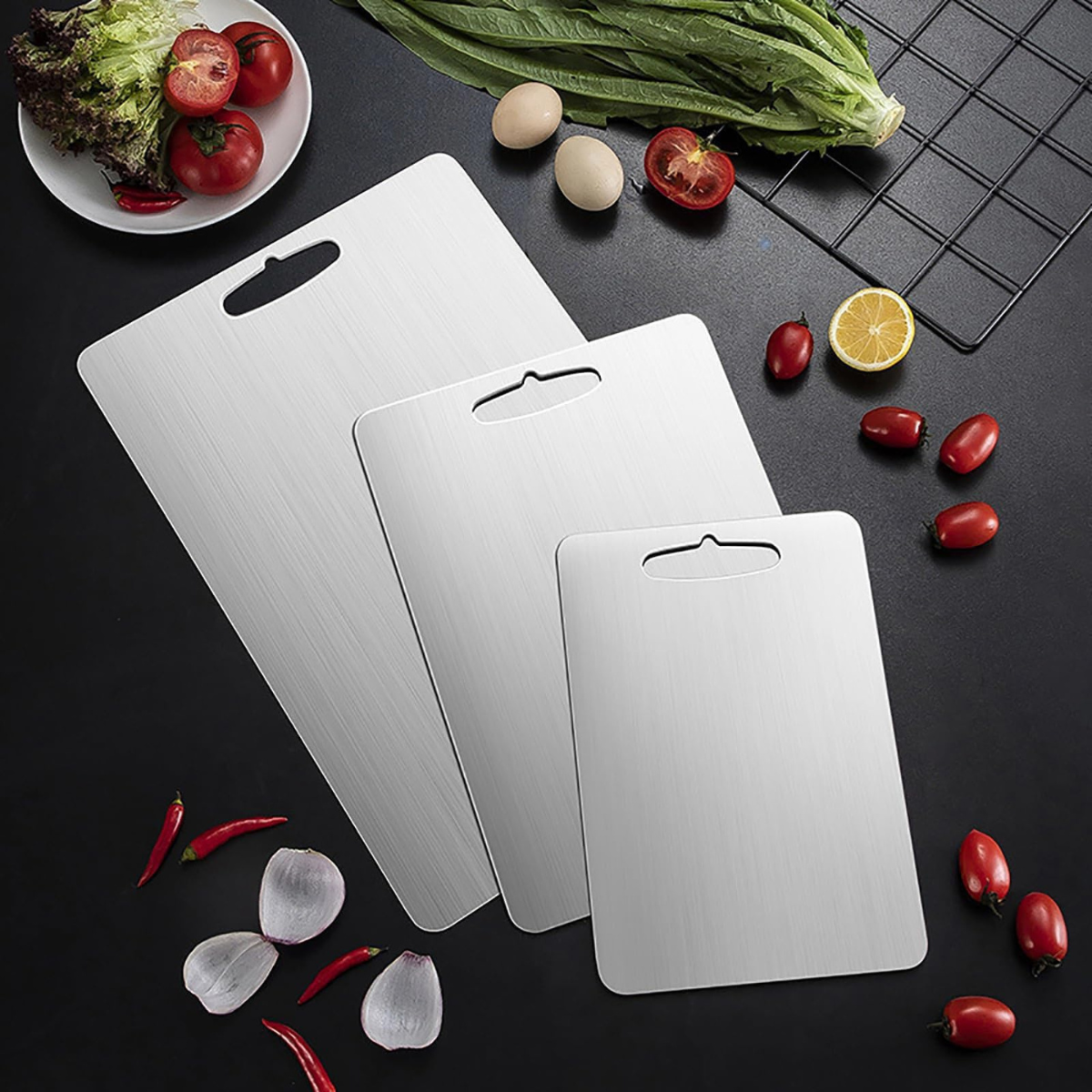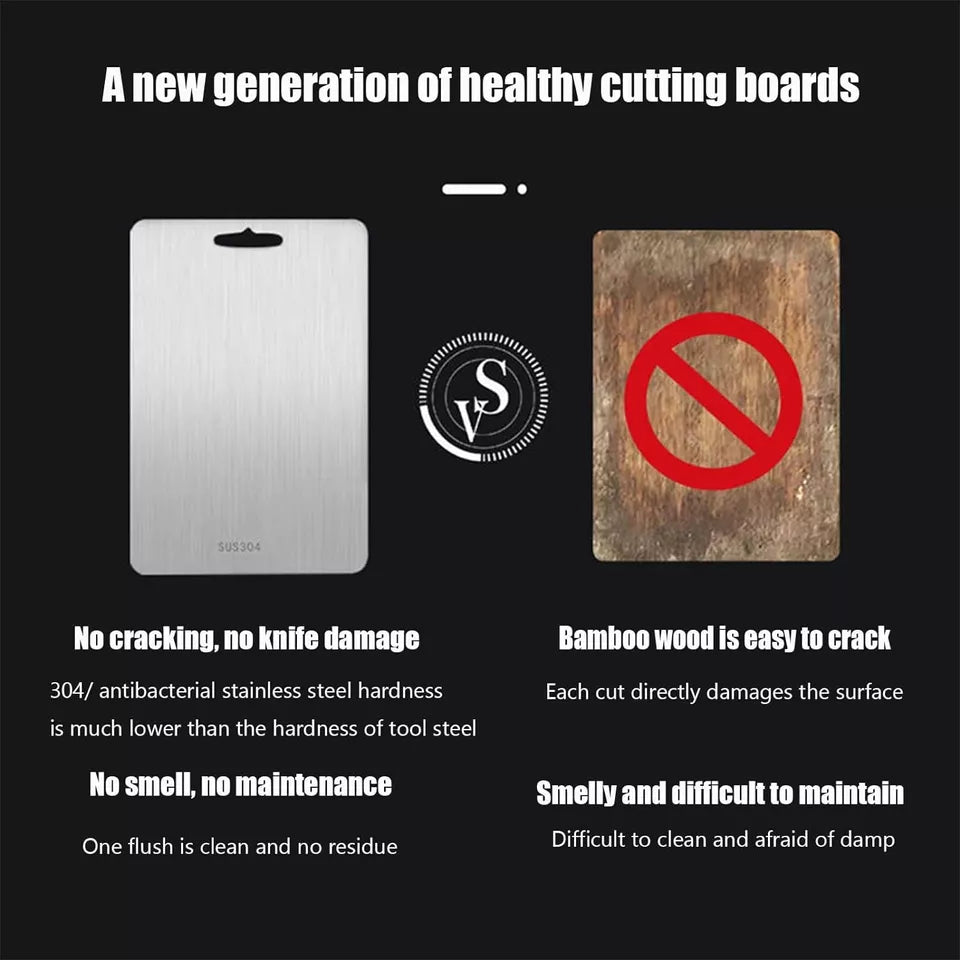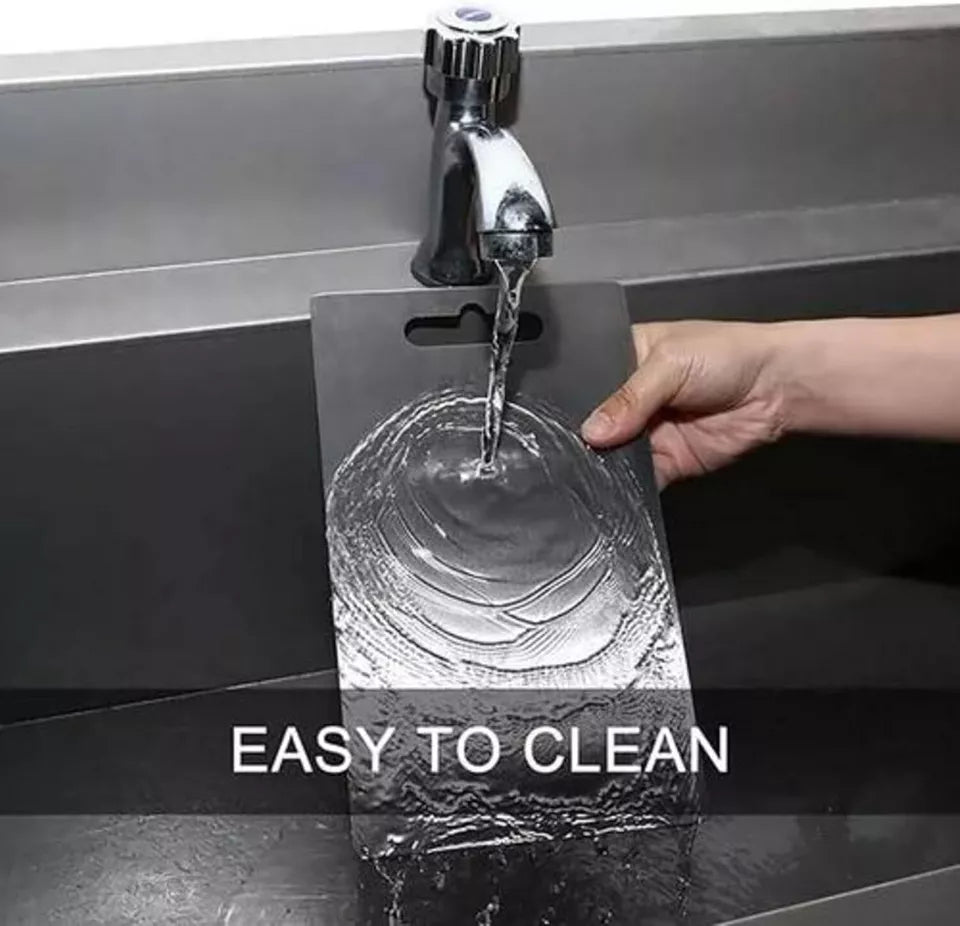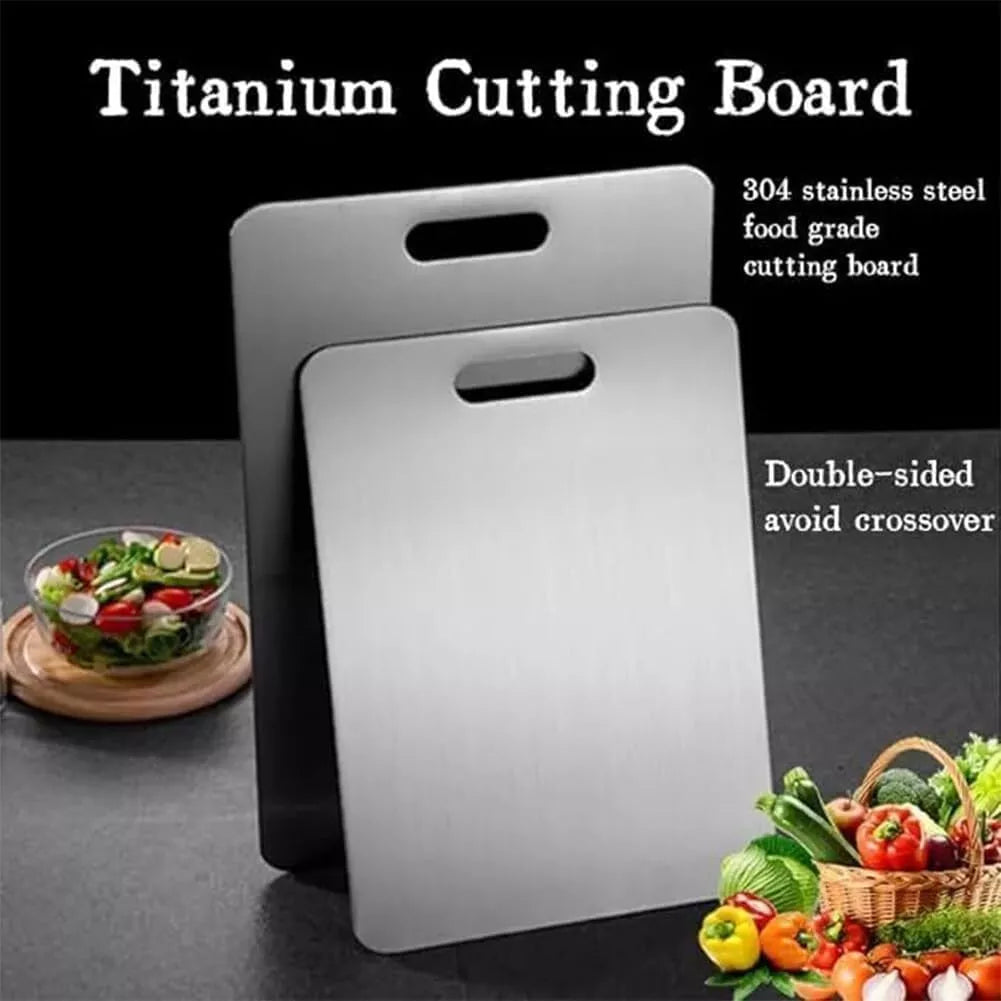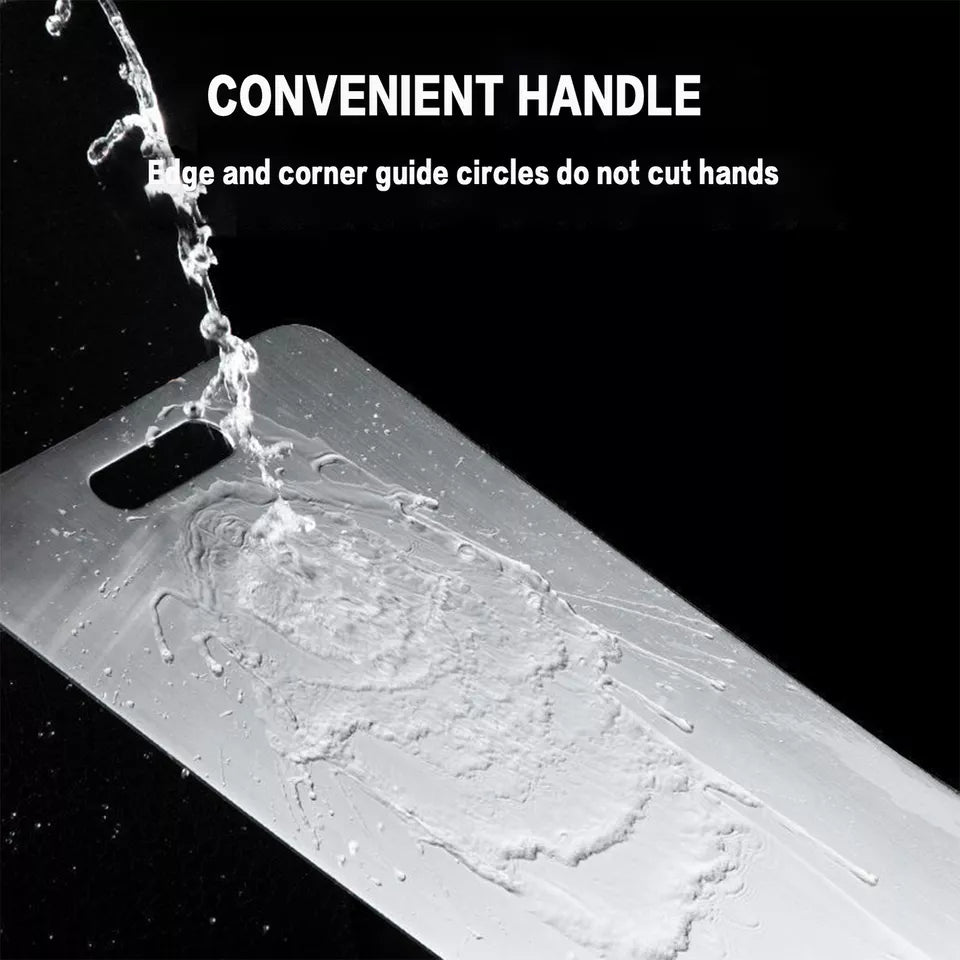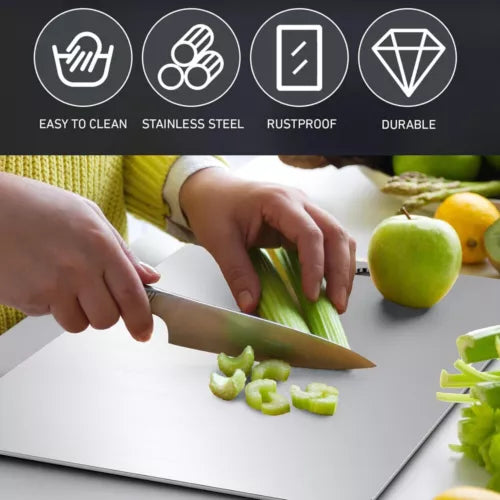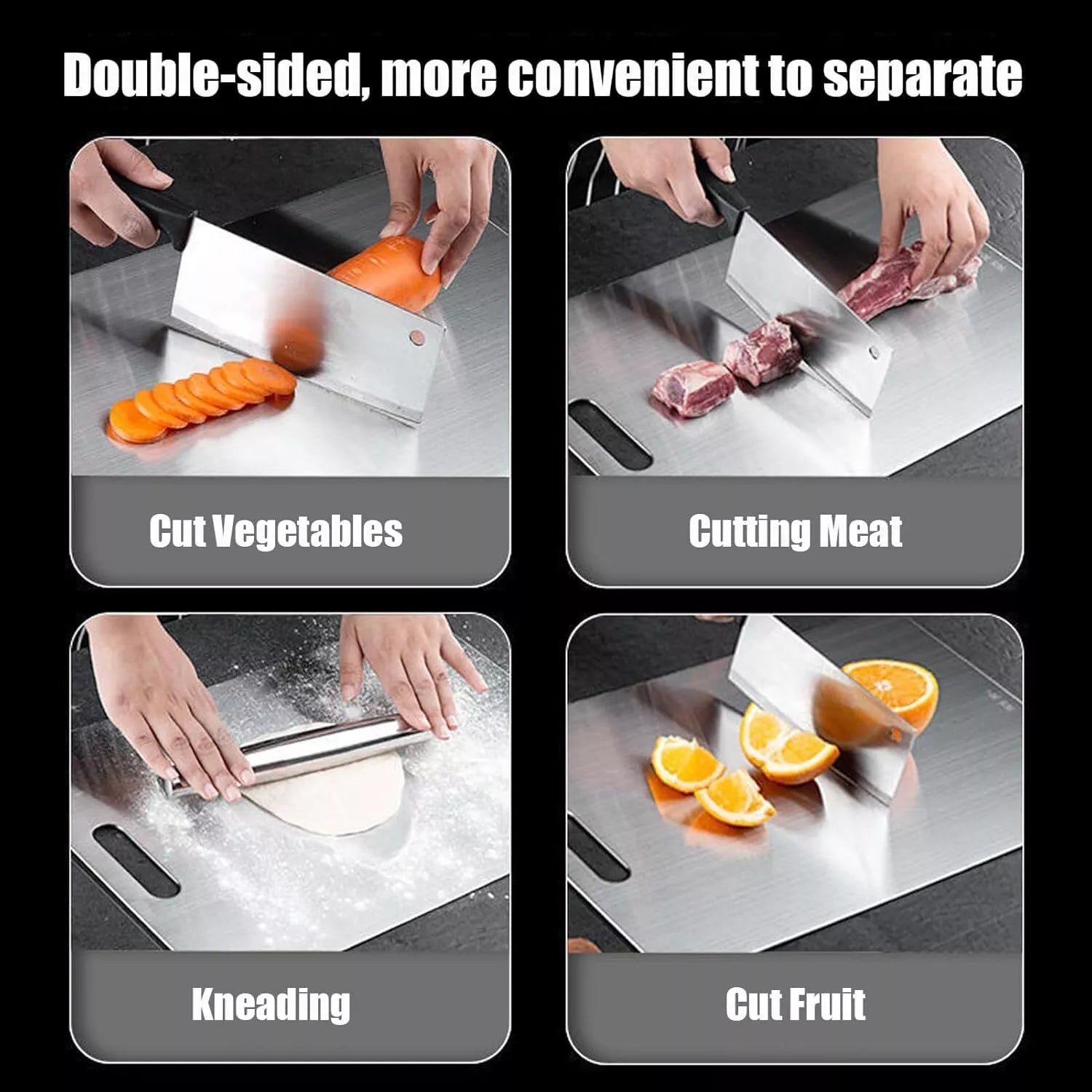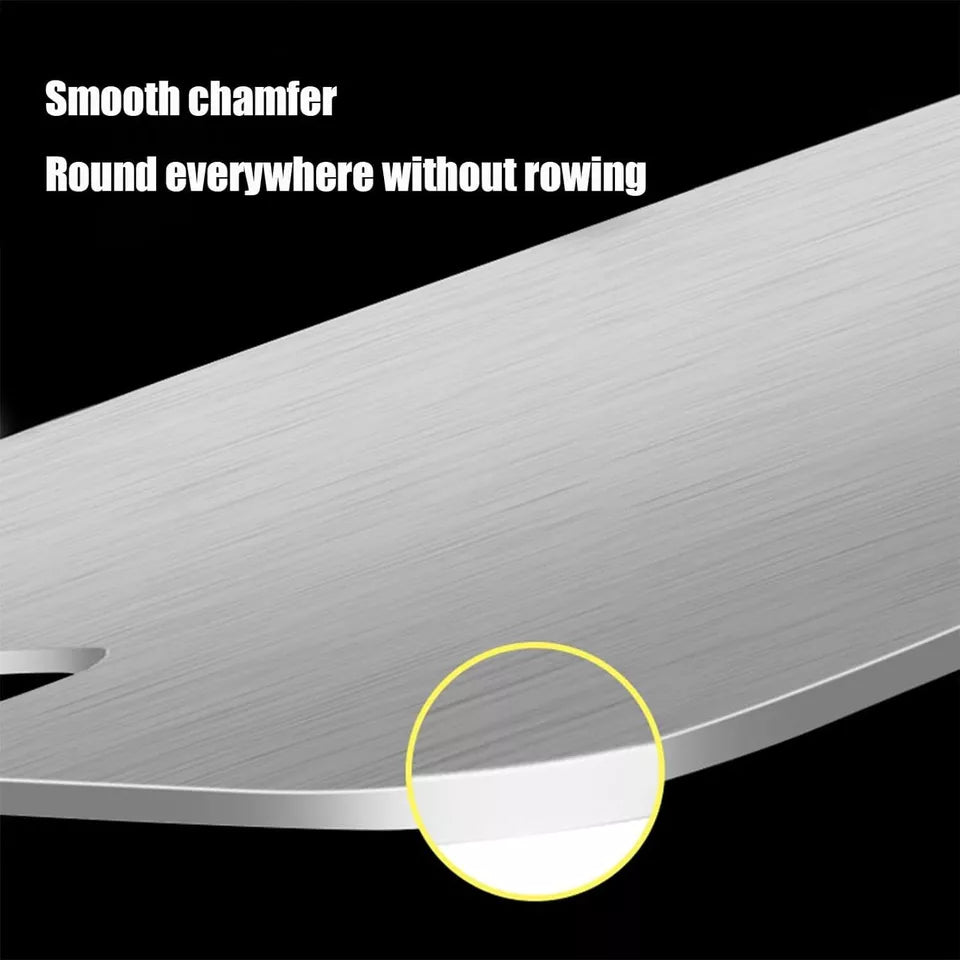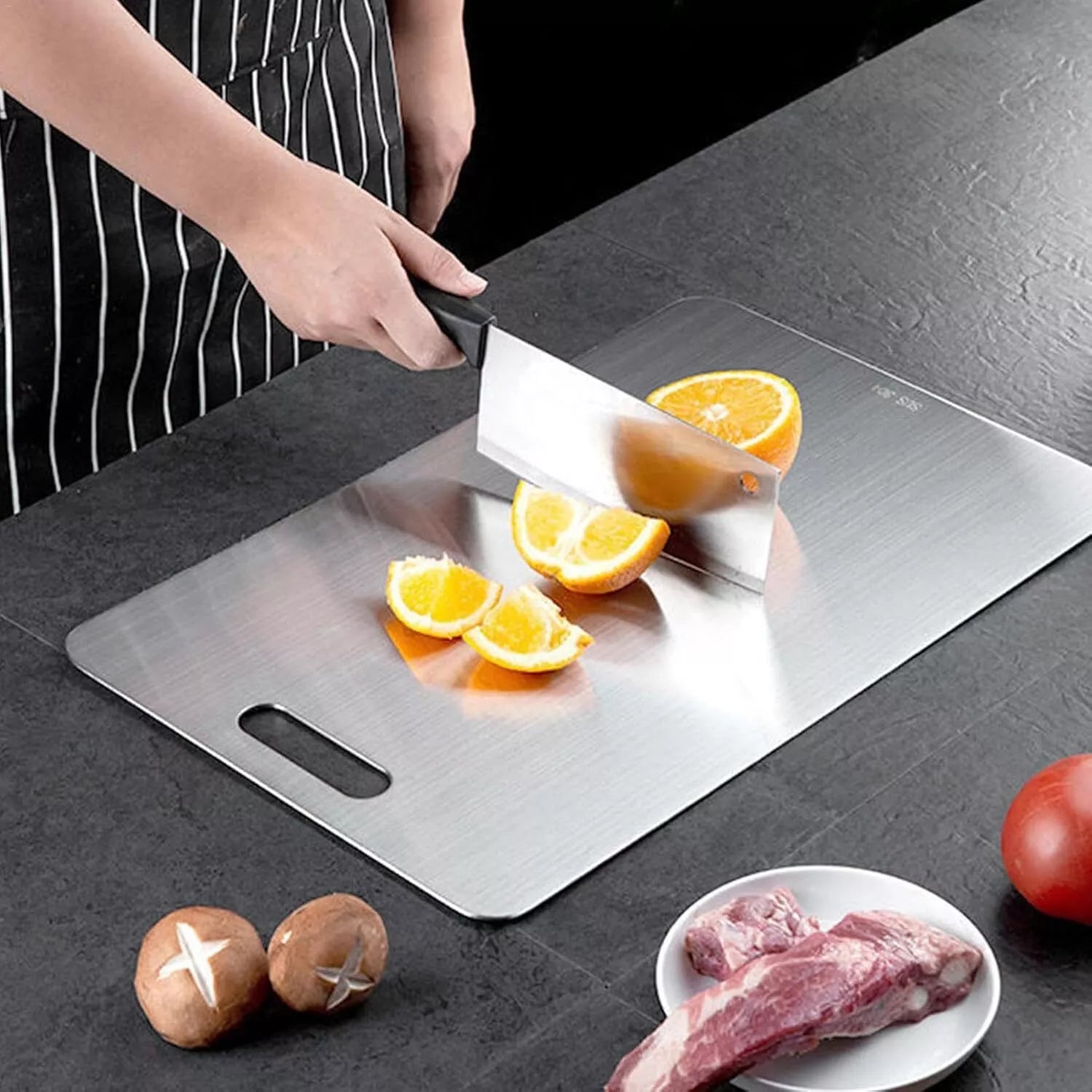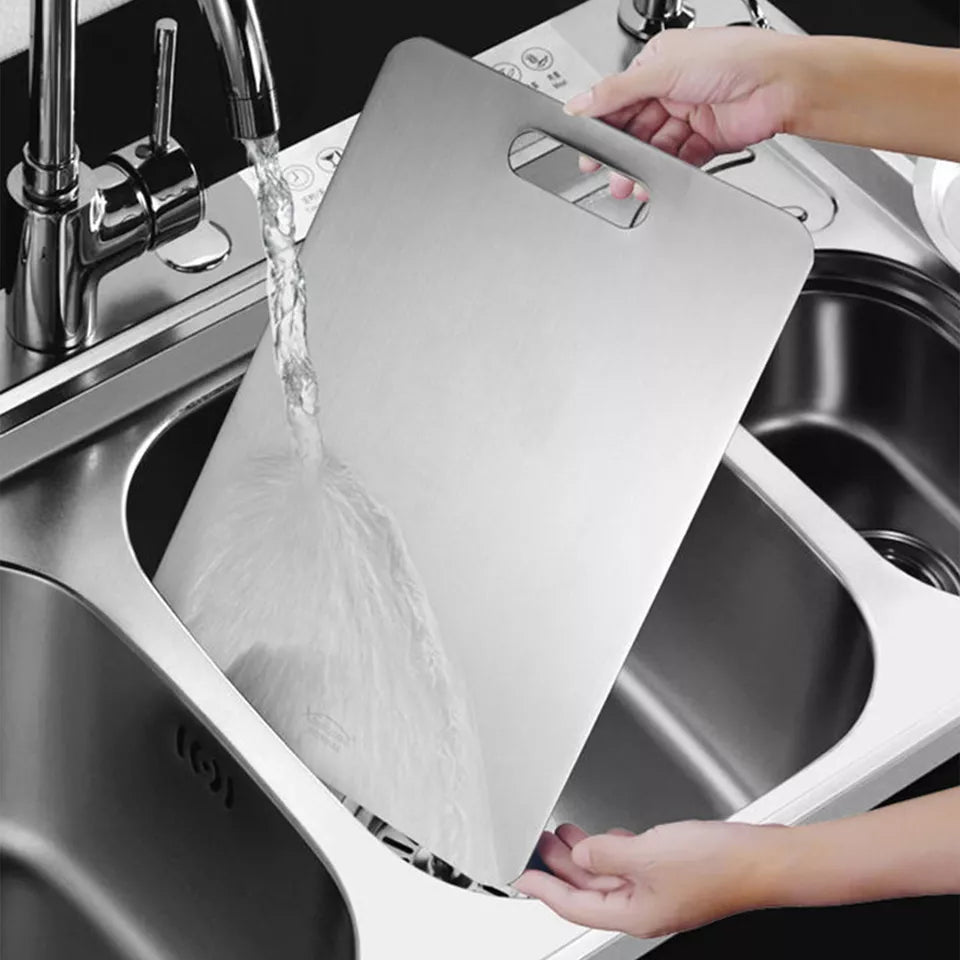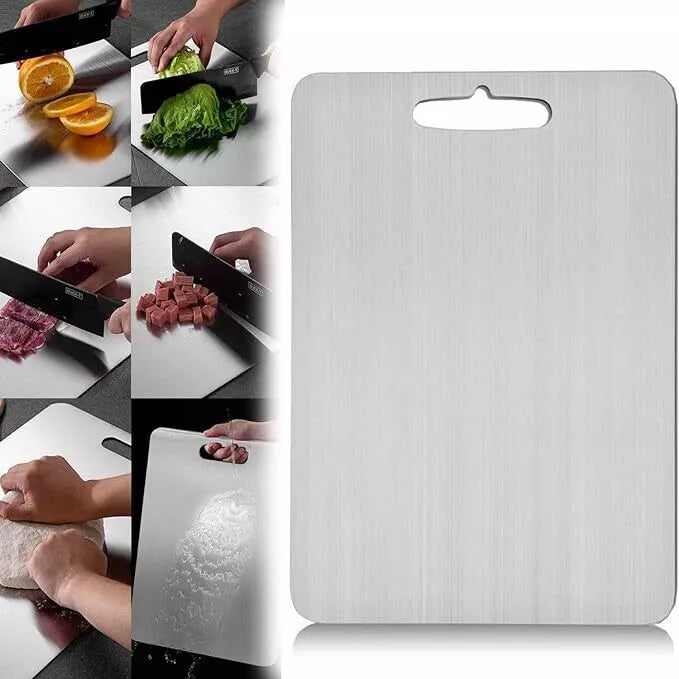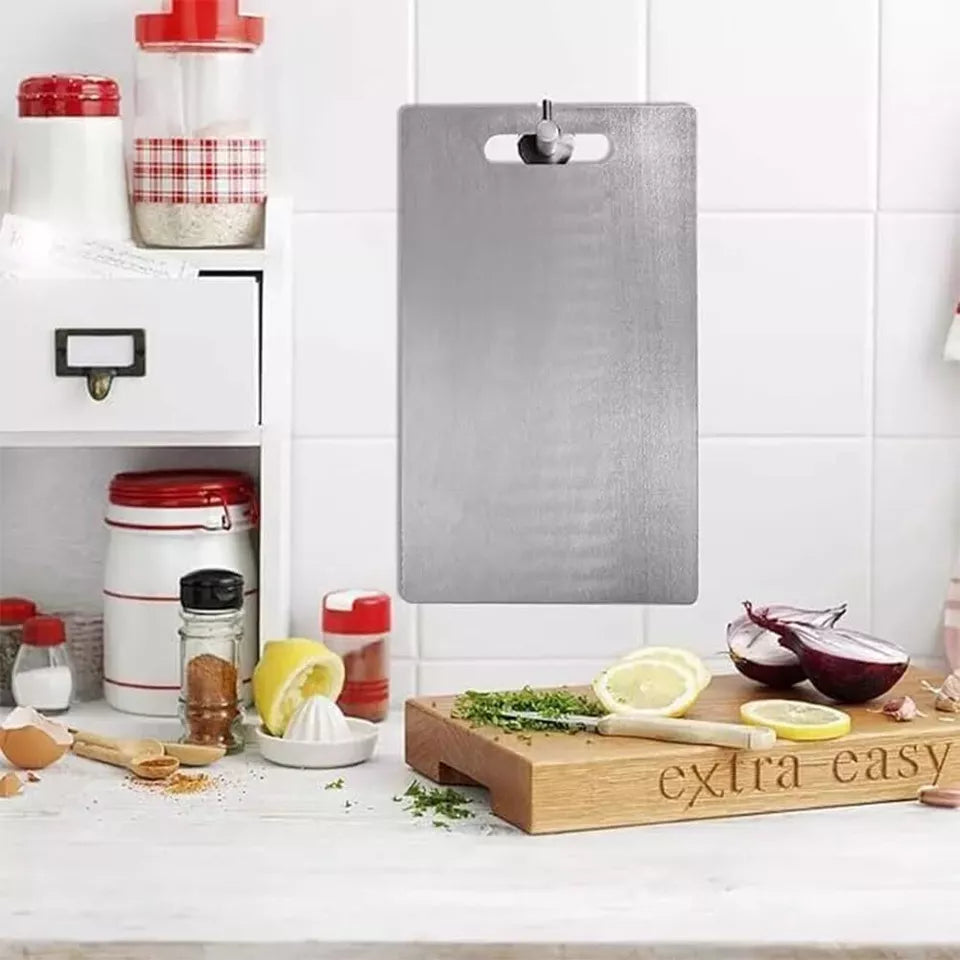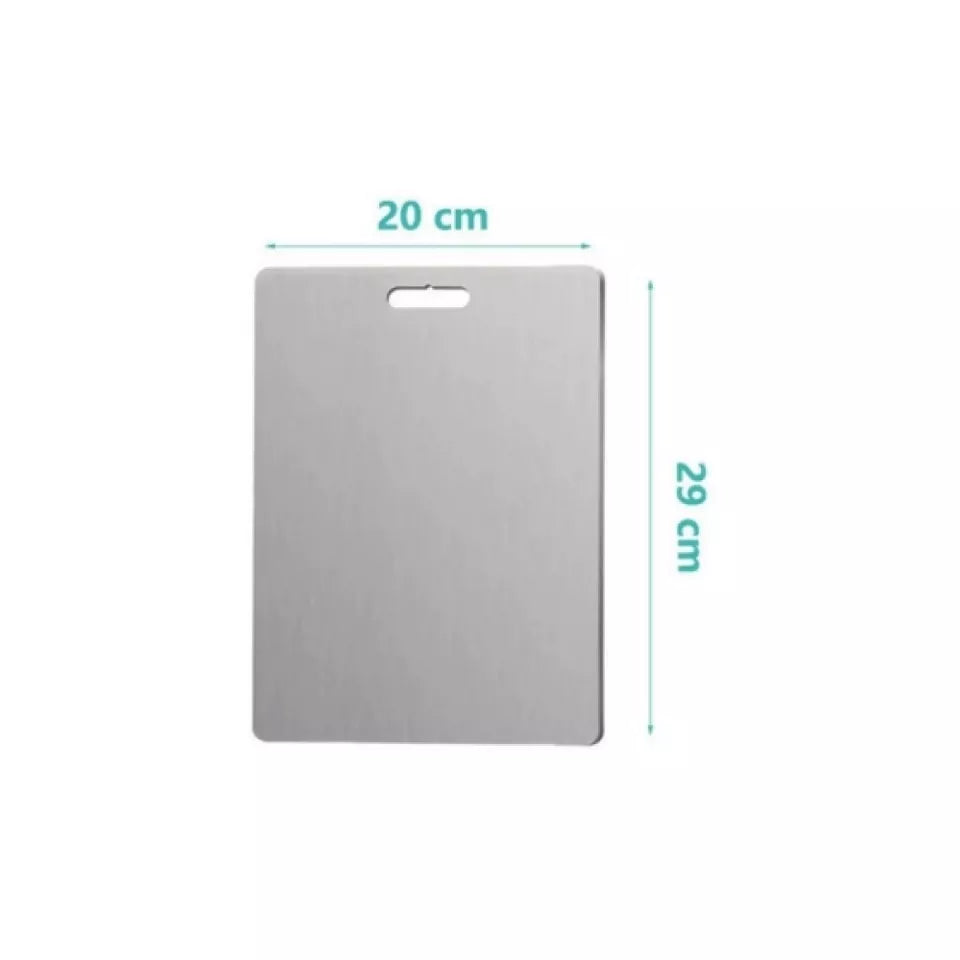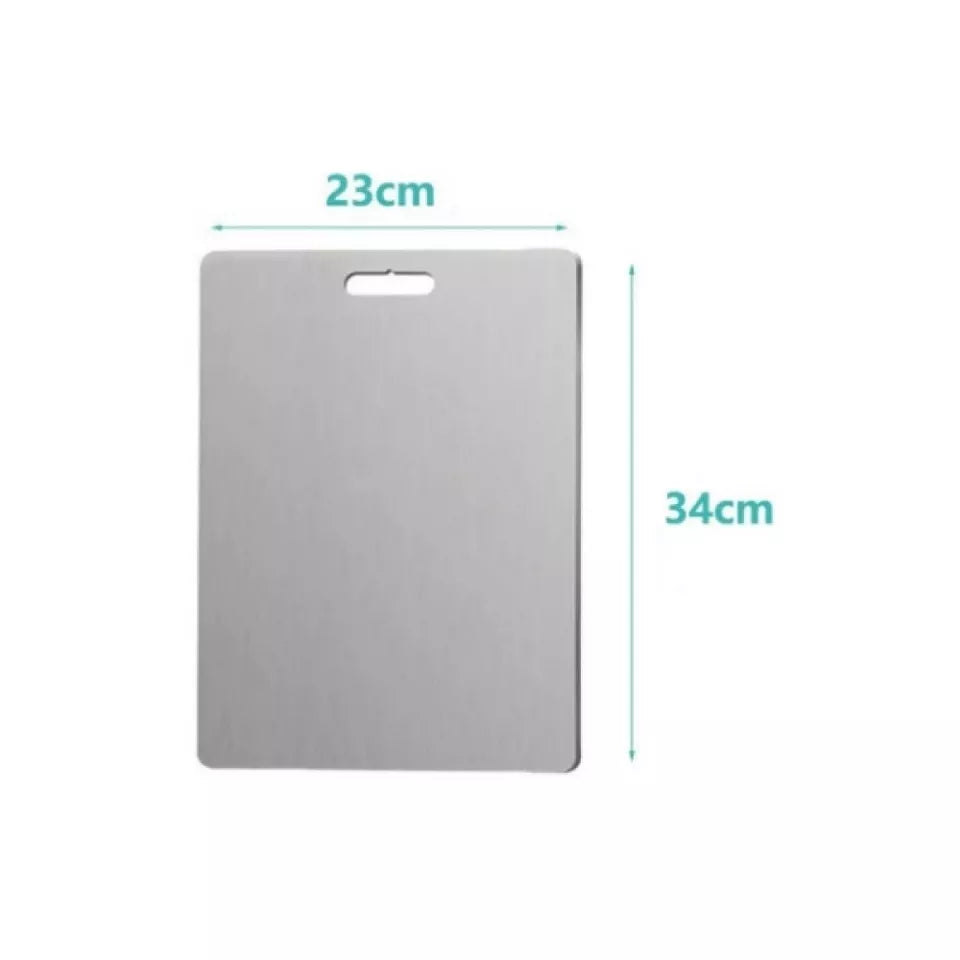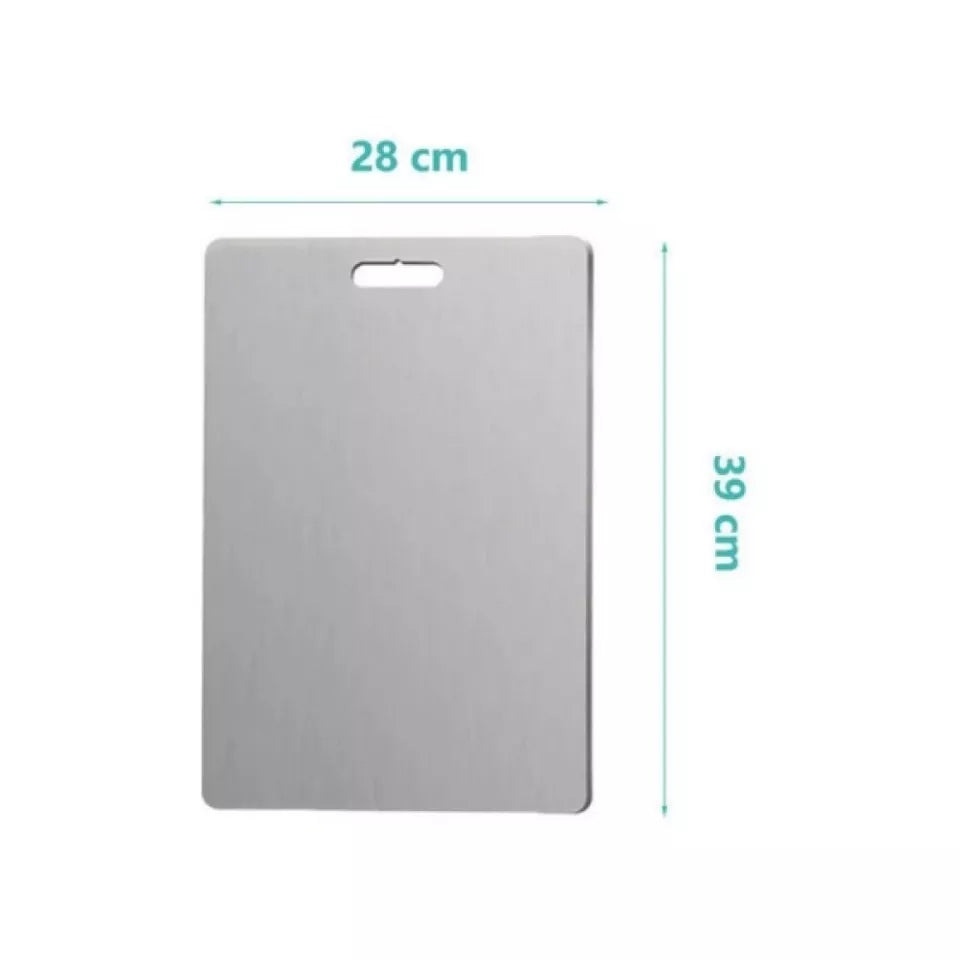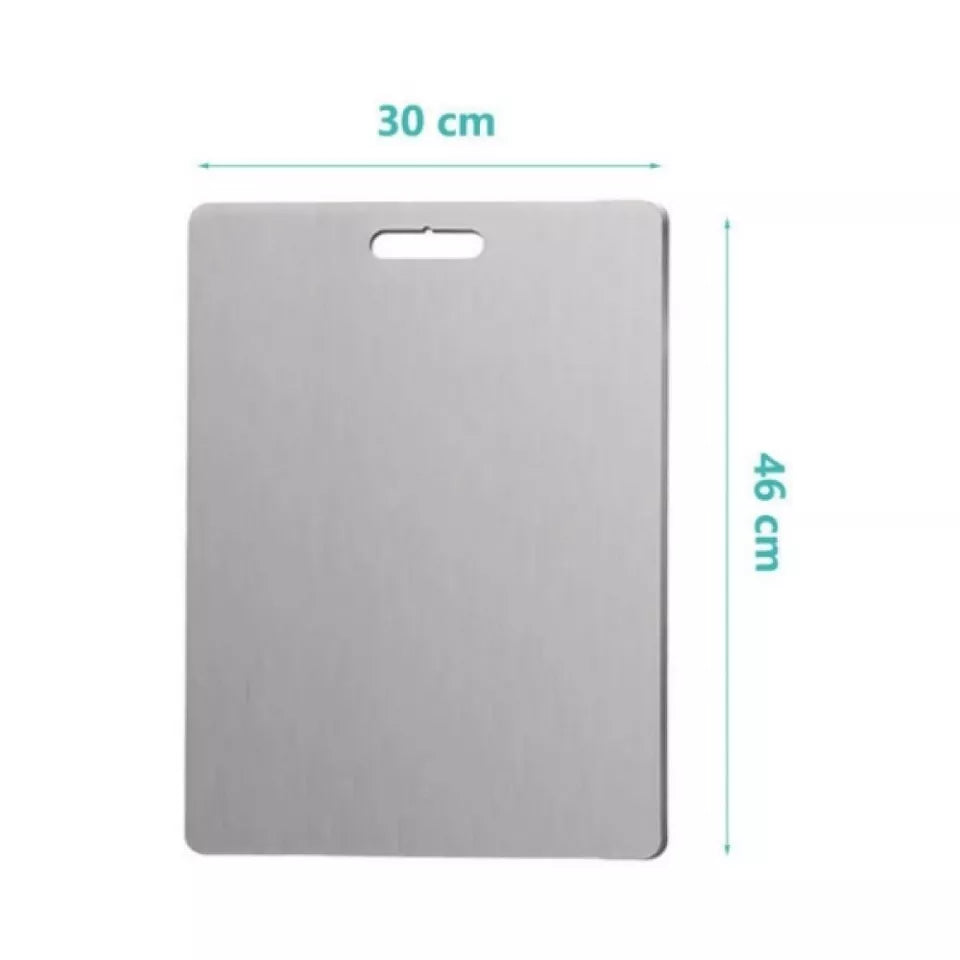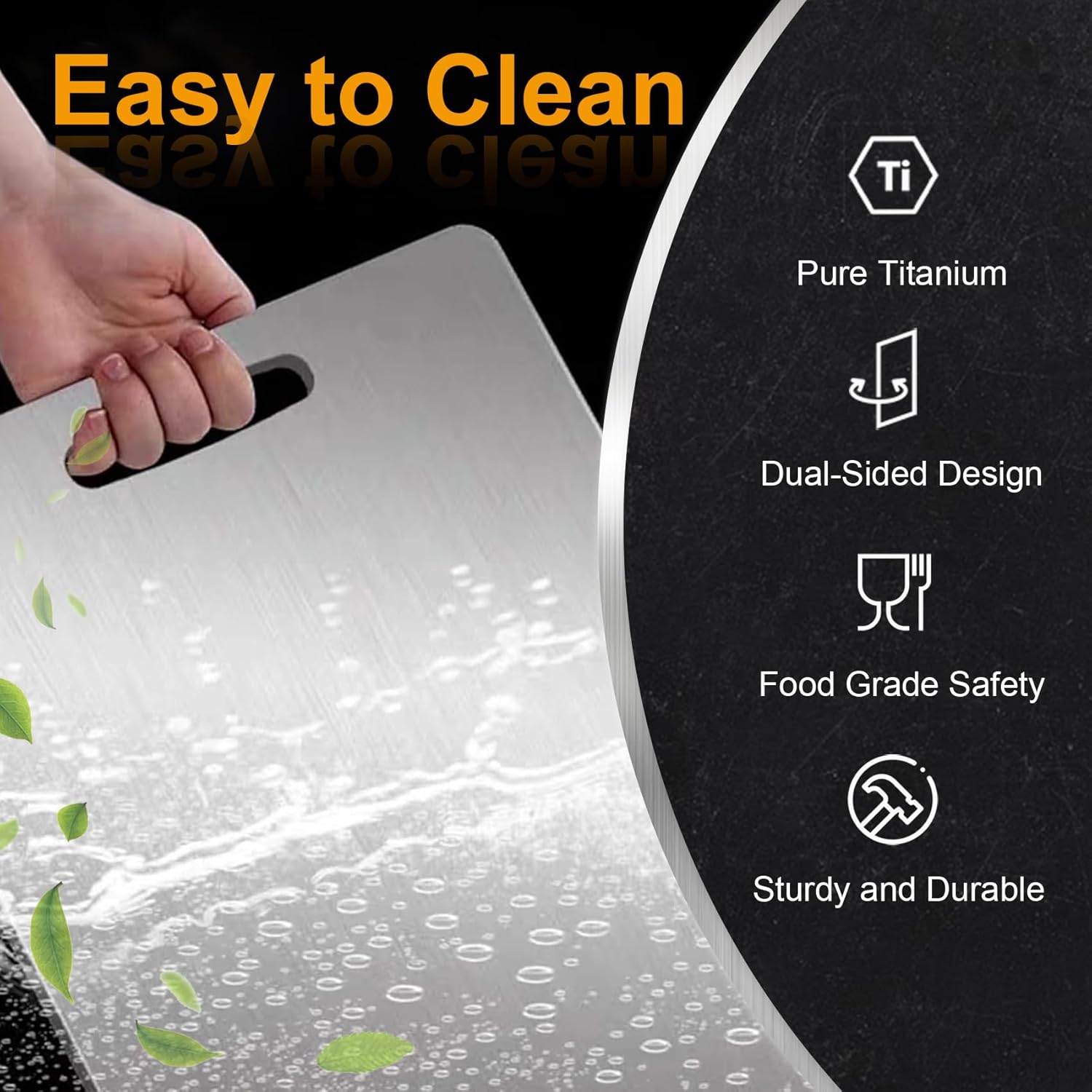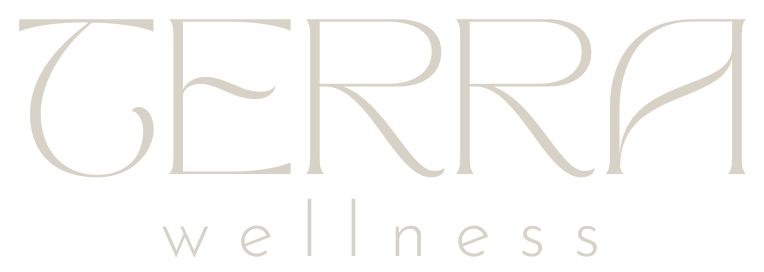Titanium vs Stainless Steel Cutting Boards: Which is the Smarter Investment for Australian Kitchens?
Titanium vs stainless steel cutting boards in Australia—what’s the smarter 2025 buy for hygiene, knives, and value? For most Australian kitchens, titanium wins: it’s just as hygienic as stainless steel but lighter, kinder to knife edges, and better long-term value. Stainless steel is durable and affordable upfront, but it can dull knives faster—making titanium the smarter investment for frequent cooks.
You've decided to upgrade from your old wooden or plastic cutting board, and you're torn between two premium options: titanium and stainless steel. Both promise superior hygiene and durability, but which one deserves a place in your Australian kitchen?
This comprehensive comparison will help you make an informed decision by examining every aspect that matters – from knife care to long-term value. By the end, you'll know exactly which cutting board material is right for your cooking style and budget.
Material Science: Understanding the Difference
Titanium: The Aerospace Metal in Your Kitchen
Titanium cutting boards are typically made from 99.9% pure titanium, the same material used in aerospace applications and medical implants. This isn't coincidental – titanium's unique properties make it ideal for applications where purity, strength, and biocompatibility are crucial.
•Density: 4.5 g/cm³ (lightweight)
•Hardness: 6-7 HRC (knife-friendly)
•Corrosion resistance: Exceptional
•Thermal conductivity: Low (stays cool)
Stainless Steel: The Kitchen Workhorse
Stainless steel cutting boards are usually made from 304 or 316-grade stainless steel, containing chromium and nickel for corrosion resistance. While excellent for many kitchen applications, the properties differ significantly from titanium.
•Density: 8.0 g/cm³ (heavier)
•Hardness: 8-9 HRC (harder on knives)
•Corrosion resistance: Very good
•Thermal conductivity: High (conducts heat/cold)
Head-to-Head Comparison
1. Impact on Knife Sharpness
This is perhaps the most critical difference for serious cooks. The hardness of your cutting board directly affects how long your knives stay sharp.
•Surface hardness allows slight knife penetration
•Preserves knife edges significantly longer
•Professional chefs report 30-50% longer intervals between sharpenings
•Gentle enough for expensive Japanese knives
Stainless Steel Cutting Boards:
•Harder surface can dull knives more quickly
•May cause micro-chipping on delicate knife edges
•Requires more frequent knife maintenance
•Can be particularly harsh on thin, hard steel knives
Real-world impact: If you've invested in quality knives (which most serious Australian cooks have), titanium will protect that investment better.
2. Hygiene and Food Safety
Winner: Tie (Both Excellent)
Both materials excel in hygiene, but through different mechanisms.
•Naturally antibacterial surface
•Non-porous (bacteria cannot penetrate)
•Chemically inert (won't react with acidic foods)
•Self-sanitizing properties
Stainless Steel Advantages:
•Resistant to stains and odors
•Familiar to commercial kitchens
Bottom line: Both materials provide excellent food safety. Titanium has a slight edge due to its natural antibacterial properties.
3. Durability and Longevity
Winner: Titanium (Marginally)
Both materials are incredibly durable, but titanium has some advantages.
•Virtually indestructible under normal use
•Won't corrode, even with acidic foods
•Maintains surface integrity for decades
•Lightweight reduces stress on storage systems
Stainless Steel Durability:
•Extremely durable and long-lasting
•Can show scratches more readily
•May develop patina over time
•Heavier weight can stress mounting systems
Expected lifespan: Both can last 20+ years with proper care.
4. Maintenance and Care
While both materials are low-maintenance, titanium edges ahead.
•Simple rinse after use usually sufficient
•Dishwasher safe (top rack recommended)
•No special cleaners required
•Won't show water spots as readily
Stainless Steel Maintenance:
•Easy to clean with soap and water
•May require special cleaners for water spots
•Can show fingerprints and smudges
5. Weight and Handling
This difference is immediately noticeable when handling the boards.
•Approximately 40% lighter than equivalent stainless steel
•Easier to move and store
•Less strain on wrists during extended use
•Lighter mounting requirements
•More stable during use (some prefer this)
•Can be cumbersome to move
•Requires stronger mounting systems
6. Cost and Value
Winner: Depends on Perspective
Initial cost vs. long-term value presents different winners.
•Higher upfront investment ($250-$500 AUD)
•Better long-term value due to knife preservation
•Lower total cost of ownership
•Lower initial cost ($100-$300 AUD)
•Higher long-term costs due to increased knife maintenance
•Good durability for the price
7. Noise During Use
Winner: Stainless Steel (Slightly)
Sound levels can be a consideration in open kitchens.
•Can produce more metallic sounds
•Varies significantly by surface finish
•Some brands have addressed this with surface treatments
•Generally quieter during use
•Less variation between brands
8. Aesthetic Appeal
Winner: Personal Preference
Both materials offer modern, professional aesthetics.
•Distinctive grey metallic finish
•Modern, high-tech appearance
•Maintains finish well over time
•Unique conversation starter
Stainless Steel Appearance:
•Classic professional kitchen look
•Familiar and widely accepted
•Can show scratches and wear patterns
Real-World Performance in Australian Kitchens
Climate Considerations
Australia's diverse climate affects cutting board performance differently.
Hot, Humid Conditions (Northern Australia):
•Titanium's antibacterial properties provide extra protection
•Both materials resist humidity-related issues
•Titanium stays cooler to the touch
Dry Conditions (Central Australia):
•Both materials perform excellently
•No moisture-related maintenance concerns
•Titanium's lighter weight is advantageous
Coastal Areas (Salt Air):
•Both materials resist corrosion
•Titanium has superior long-term resistance
•Stainless steel may show minor effects over decades
Usage Patterns
Frequent Cooking (Daily Use):
•Titanium's knife-preservation benefits compound over time
•Lower maintenance requirements save time
•Investment pays off through reduced knife sharpening costs
Occasional Cooking (Weekly Use):
•Stainless steel's lower initial cost may be attractive
•Durability benefits of both materials are less critical
•Either choice will serve well
Professional/Semi-Professional Use:
•Titanium's knife-friendly properties are crucial
•Time savings from reduced maintenance matter more
•Professional appearance of both materials works well
What Australian Chefs Are Saying
We surveyed professional chefs across Australia about their cutting board preferences:
Chef Sarah Melbourne (Hatted Restaurant, Sydney): "I switched to titanium cutting boards two years ago and haven't looked back. My knife maintenance costs dropped significantly, and the hygiene benefits give me peace of mind during busy service."
Chef Marcus Chen (Catering Business, Brisbane): "For volume cooking, titanium boards are game-changers. They're light enough for my staff to handle easily, and the antibacterial properties are crucial for food safety compliance."
Chef Emma Thompson (Cooking School, Perth): "I teach students that investing in titanium is like buying quality knives – it's about long-term value. The knife preservation alone justifies the cost."
The Hidden Costs: Total Cost of Ownership
Titanium Total Cost Analysis (5-Year Period)
•Initial board cost: $400 AUD
•Reduced knife sharpening: -$150 AUD savings
•Lower replacement frequency: -$0 AUD (no replacement needed)
•Total 5-year cost: $250 AUD
Stainless Steel Total Cost Analysis (5-Year Period)
•Initial board cost: $200 AUD
•Additional knife sharpening: +$150 AUD
•Potential replacement: +$100 AUD (scratches/wear)
•Total 5-year cost: $450 AUD
Note: Calculations include professional knife sharpening costs and assume moderate to heavy use.
Environmental Impact
Titanium Environmental Profile
•Production: Energy-intensive but long-lasting
•Use: No chemical leaching or degradation
•End of life: 100% recyclable
•Carbon footprint: Lower over lifetime due to durability
Stainless Steel Environmental Profile
•Production: Moderate energy requirements
•Use: No chemical leaching, good durability
•End of life: Highly recyclable
•Carbon footprint: Good, but may require replacement sooner
Winner: Titanium (due to longer lifespan and superior recyclability)
Making the Right Choice for Your Kitchen
Choose Titanium If:
•You own quality knives worth protecting
•You cook frequently (4+ times per week)
•Food safety is a top priority
•You prefer low-maintenance kitchen tools
•You're willing to invest in long-term value
•You have limited storage space (lighter weight)
Choose Stainless Steel If:
•Budget is the primary concern
•You prefer the familiar feel of stainless steel
•Noise levels are a significant concern
•You're satisfied with more frequent knife maintenance
Top Recommendations for Australian Buyers
Best Titanium Cutting Boards
1. Taima Titanium Cutting Board
•99.89% pure titanium (SGS certified)
•Best for: Serious home cooks
2. EverTi Pure Titanium Board
•Best for: Supporting local business
Best Stainless Steel Cutting Boards
1. Boos Block Stainless Steel
•304-grade stainless steel
•Best for: Budget-conscious buyers
2. Epicurean Stainless Steel Series
•High-quality construction
•Best for: Style and function balance
Maintenance Tips for Both Materials
Titanium Cutting Board Care
1.Daily: Rinse with warm water, dry thoroughly
2.Weekly: Wash with mild soap if needed
3.Monthly: Deep clean with food-safe sanitizer
4.Never: Use abrasive cleaners or steel wool
Stainless Steel Cutting Board Care
1.Daily: Wash with soap and water, dry immediately
2.Weekly: Use stainless steel cleaner for spots
3.Monthly: Polish to maintain appearance
4.Never: Use chlorine bleach or abrasive pads
The Verdict: Which Should You Choose?
For most Australian home cooks, titanium cutting boards represent the better long-term investment. The combination of knife preservation, superior hygiene, and lower maintenance requirements outweighs the higher initial cost.
However, stainless steel cutting boards remain an excellent choice for budget-conscious cooks or those who don't mind more frequent knife maintenance.
The Bottom Line
•For serious cooks with quality knives: Titanium is worth every dollar
•For occasional cooks on a budget: Stainless steel provides good value
•For professional use: Titanium's benefits justify the investment
•For gift-giving: Titanium makes a more impressive and lasting gift
FAQs About Titanium vs Stainless Steel Cutting Boards (Australia)
Q1: Which is better for knife sharpness—titanium or stainless steel?
A: Titanium. Its surface is gentler on edges, helping premium knives stay sharper longer than on harder stainless steel.
Q2: Are both materials hygienic for Australian kitchens?
A: Yes. Both are non-porous and easy to sanitise; titanium adds naturally antibacterial properties.
Q3: Which has better long-term value in Australia?
A: Titanium generally offers lower total cost of ownership by reducing sharpening frequency and lasting for decades.
Q4: What about weight and handling?
A: Titanium is ~40% lighter than comparable stainless steel, making it easier to move, clean, and store.
Q5: Is stainless steel still a good choice?
A: Yes—if budget is the priority or you cook less often, stainless steel provides durable, hygienic performance.
Q6: Do both options suit coastal Australian climates?
A: Yes. Both resist corrosion; titanium typically offers superior long-term resistance in salty air.
Q7: Are they dishwasher-safe?
A: Both are generally dishwasher-safe; hand washing preserves finish and reduces water spots (especially for stainless steel).
Q8: Will titanium or stainless steel be noisy?
A: Stainless steel is usually a touch quieter; titanium noise varies by surface finish.
Ready to Upgrade Your Cutting Board?
Whether you choose titanium or stainless steel, you're making a significant upgrade from traditional cutting board materials. Consider your cooking frequency, knife investment, and long-term kitchen goals when making your decision.
Remember, a quality cutting board is an investment in your cooking experience and family's health. Choose the material that best aligns with your priorities and budget.
Ready to experience the titanium difference? Explore our collection of certified titanium cutting boards and discover why Australian chefs are making the switch.

